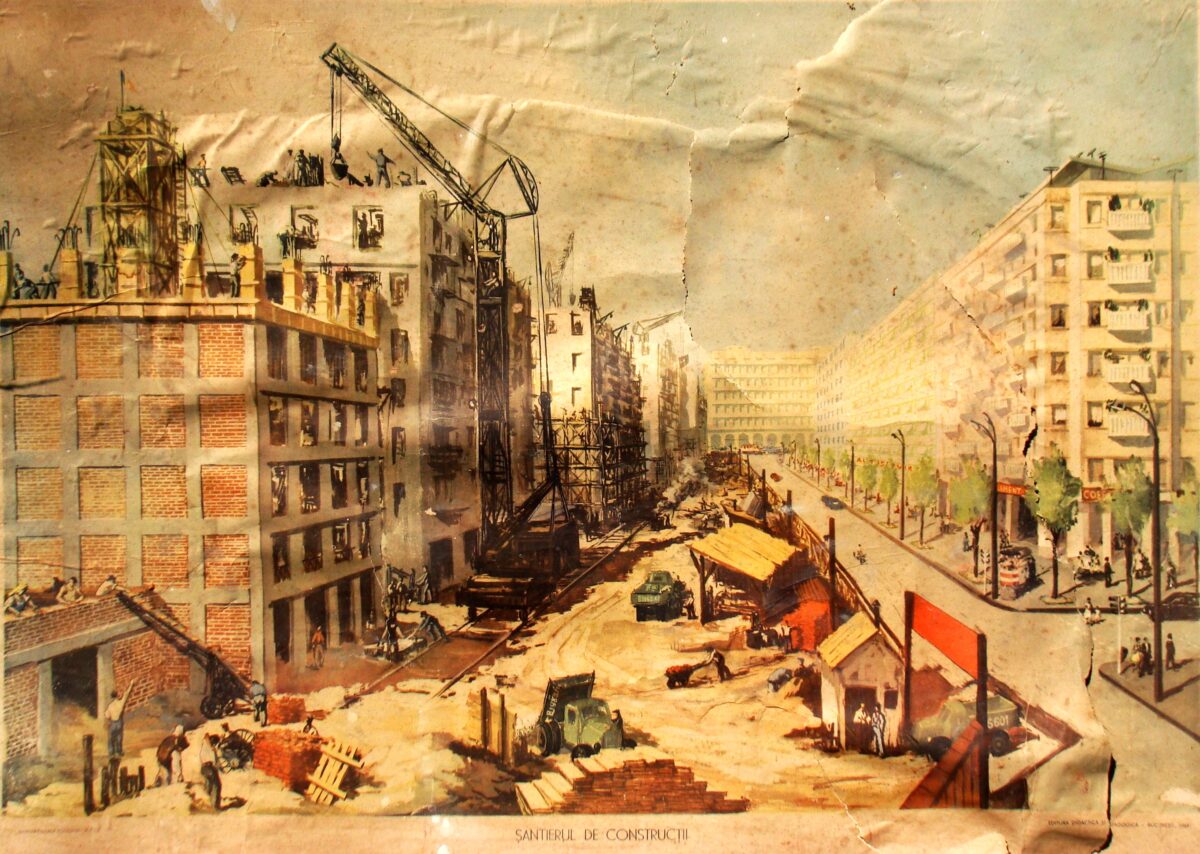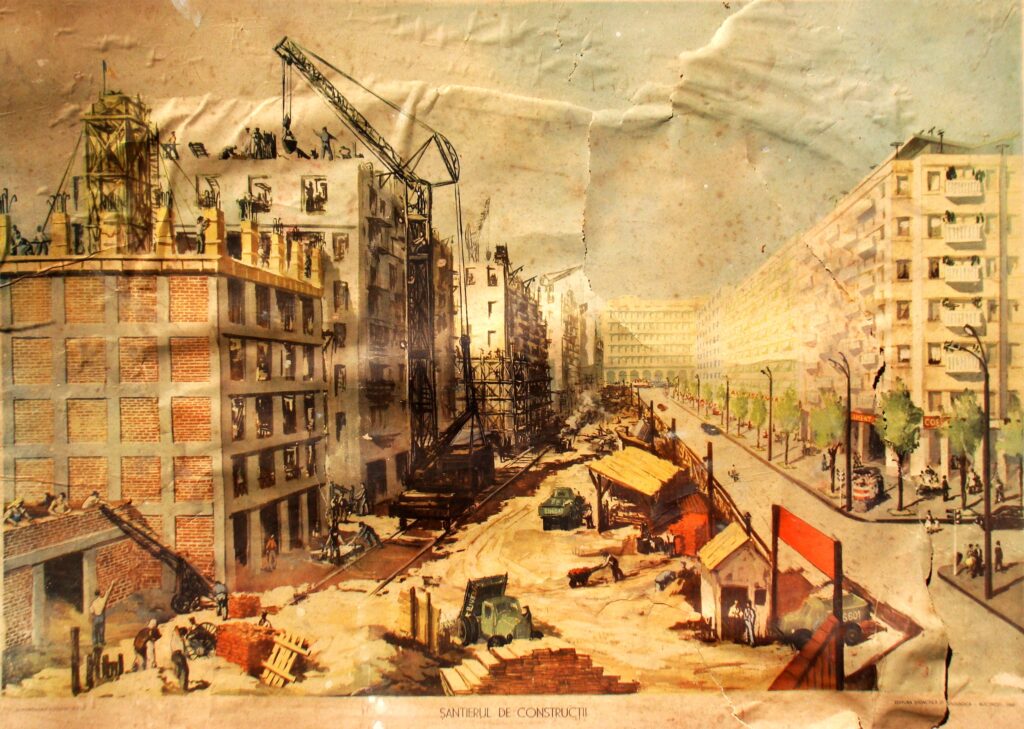
In 2011, the mayor of Baia Mare caused a national outcry when he initiated the building of a wall to enclose the social housing units inhabited by Roma people. One year prior, non-Roma residents in the Horea Street area had protested against “acts of aggression and robbery committed by Roma neighbors.”
The main pretext for the wall was security. The authorities intervened with discriminatory and exclusionary measures following complaints from citizens that the area had become dangerous. The Roma people in the neighborhood were presented as a threat to the security of the locals.
This logic is not new. The Roma in Romania are frequently perceived and portrayed as being inherently criminal and dangerous – in addition to other traits that cause the majority to discriminate against them. Romanian racism against Roma is based directly on this perspective, that they cause a threat to public order.
Many Romanians, including Baia Mare citizens, declare that they would not accept having Roma people as neighbors. The media predominantly report news about crimes committed by Roma, making sure to mention the ethnicity of the suspects. Journalists, politicians, and opinion-makers, people with enormous social capital and influence, make frequent racist claims about “Roma criminality.” Over time, these racist acts lead to the rise in popularity of neo-Nazi groups, whose main message is that they “protect society” from internal dangers, among which the Roma population is “at the forefront.”
The Mayor of Baia Mare follows in the footsteps of many Romanian politicians who deported, segregated, imprisoned, evicted, and harassed Roma in the name of security, order, and civilization. Their right arm – the forces of law and order: the police, gendarmes, and sometimes the army –were the main instruments of these repressive policies. The police act disproportionately towards the Roma. They stop, search, arrest, interrogate, raid, carry out forced evictions, and physically abuse Roma people at a much higher rate than other social groups.
There is no reason why Baia Mare would be an exception to these practices. A city with a Roma population concentrated in the most precarious areas, where people often illegally occupy buildings or live in makeshift housing, Baia Mare is following the by now classic trajectory of neo-liberal cities. Slums are declared dangerous, non-white people are scapegoated, repressive measures are taken against them, the area is “cleaned up” and returned to the city and to real estate investors. However, Baia Mare is perhaps the only large town in Romania where repression has taken the form of a wall. However symbolic it may be, the presence of the wall a few steps from the center of a city with European ambitions shows a profound contempt for human rights.
These processes of exclusion and violence towards Roma people can be grasped, contextualized, and understood through a review of historical processes that are connected to housing crises, city planning, and population control mechanisms. These processes are deeply rooted in the past – yet for methodological reasons that have to do with research design, my analysis only stretches as far back as the 1950s.
The following text is a stripped-down history of one precarious area inhabited by Roma people in Baia Mare, namely the Hatvan/Vasile Alecsandri neighborhood. I look at how the local authorities regularized and managed its territory, and how these processes were intertwined with the repression and criminalization of Roma people. I focus roughly on the period between 1950 and 1989. My main methodology is the analysis of archival data that I gathered between September 2021 and December 2022, while working for the project Precarious Labor and Peripheral Housing.[1]
Systematizing the Development of Baia Mare
The year 1950 can be considered the start of Baia Mare’s modern territorialization. That is the point when, following the administrative re-drawing of the country’s regions, the small mining town of Baia Mare became the capital of the Maramureş region. Being invested with such importance, it became the target of countless policies and investments directed from Bucharest, all of which aimed at transforming Baia Mare into an industrial pole in the North of Transylvania. From the outset, the socialist authorities were explicit in their plan to make the town a welcoming place for workers. Baia Mare was to become a flourishing urban space, with all the facilities that the working class needed.
Housing was, by far, chief among those needs. According to the authorities of the 1950s, the town was riddled by a housing crisis that dated back to the previous regime. The municipality granted numerous land parcels throughout the city’s territory, in desperate attempts to satisfy the ever-growing need for workers’ accommodation. This in turn generated another dramatic situation: people built chaotically, or in areas that were too close to the factories, and they often built without proper permits.
Therefore, by the middle of the decade, the local administration was in dire need of a city planning strategy.[2] The resulting plans were drafted between 1957 and 1961. This was a highly ambitious vision of a town that would reach 70,000 people.
The city was quartered between new residential areas – some of them in the process of being built, while others merely planned. Certain territories were meant for intensive neighborhood building, with panel houses exceeding two stories, while other areas were to be kept with single story houses. Usually, these latter areas would be in the peripheries of the city’s expanded limits.
One of the principles that guided these plans was prioritizing the urban peripheries over the centers, since that is where the workers lived. And the workers kept moving to Baia Mare and demanding homes. By 1965, the authorities were planning to build 4,700 new apartments. This was a frenzy of rational planning, taming the territory, getting rid of the old, and building a new world.
However, there was a corollary to this rationality. Along with the very first implementations of the systematization plans, there were concerns from all corners of the governance regarding so-called “construction discipline.” The quartering of the territory meant not only that the state would manage and build new infrastructure and housing, but also that it would closely supervise any civil construction, making sure that there were no deviations from the overarching vision of urbanity that was to be enforced. There was an increased emphasis on preserving the newly built housing stock in good condition. Thus, “discipline” in building also meant that citizens were required to keep their apartments clean and not damage them. This was a concern at the national level, and it was reinforced through campaigns meant to influence public opinion.[3]
This led to the first recorded wave of repression against Roma people during socialism in Baia Mare. In the next section, I show how, after being considered a social problem, the Roma people (some of them working in Baia Mare’s factories, others working outside of the state sector) started to be seen as guilty of “construction indiscipline.” Their initial “crimes” were against the systematization of the town, against the rationality and planning of Baia Mare’s territory. This happened on two levels: on the one hand, Roma people built dwellings without having permits, or they squatted various buildings; on the other hand, they were seen as damaging and destroying the newly built apartments that they received from the state. The hotspot for these illegal activities and the area that has been historically seen as most problematic for the city was a territory situated south of the center, which the locals referred to as Hatvan.[4]
The History of a Problematic Neighborhood
Neighborhood Absent
It is difficult to determine how and when Hatvan became part of Baia Mare. We know, for example, that painters from the famous Baia Mare Artists’ colony, such as Károly Ferenczy, used Roma people from Hatvan as inexpensive models at the start of the 20th century. However, for the various authorities of the town, Hatvan did not officially exist. A Romanian map from 1936 showed a blank space in the south of the city, where the neighborhood is currently. There, the two main streets stretch blindly towards the south end of the map (Map 1).[5]
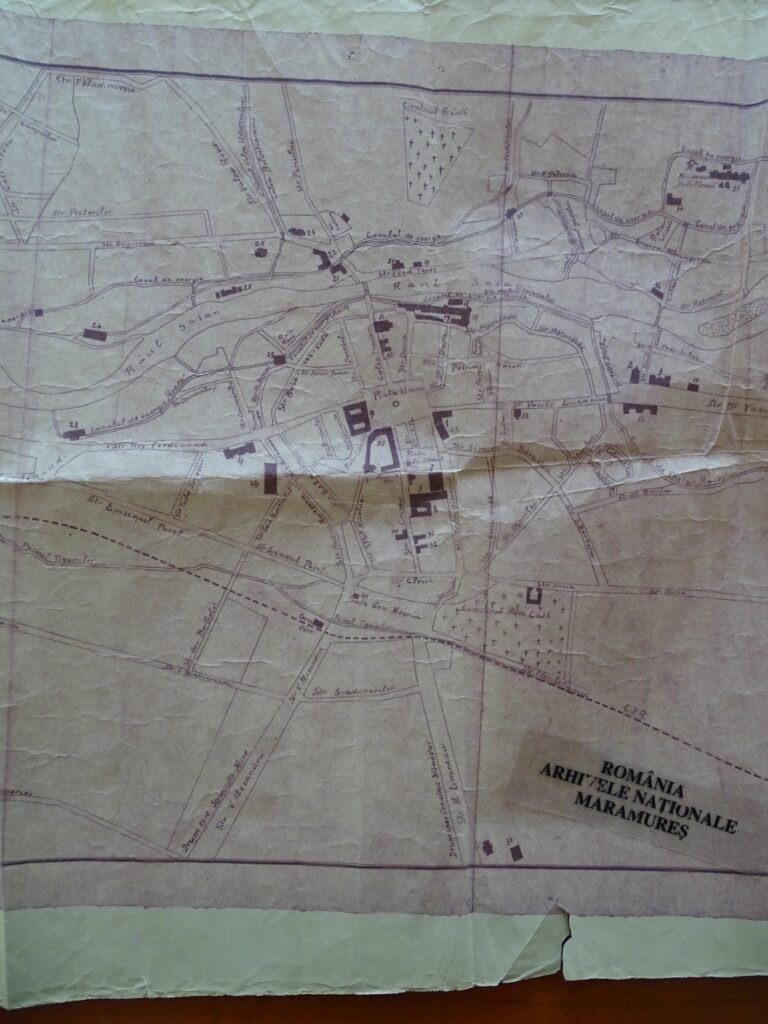
Six years later, the new Hungarian administration also mapped the city. The south part is shown in more detail, all the way to Craica Creek. There is a pattern of streets just north of the river, approximately where Hatvan is now. However, in contrast to the rest of the city, these streets have no name (Map 2).
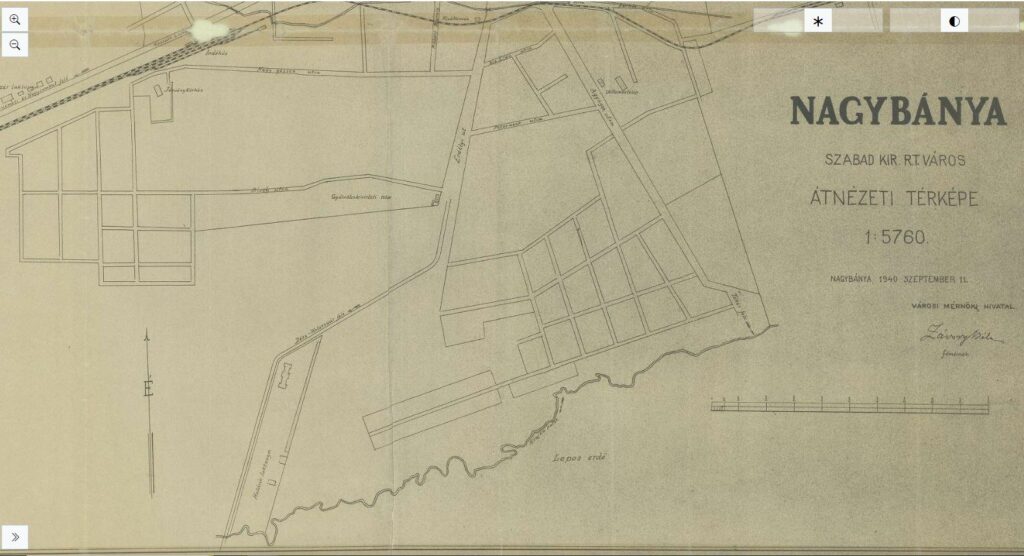
Neighborhood Named
Hatvan earned its name and right to existence with difficulty. In 1951, answering a questionnaire regarding the existence of pits caused by people burning bricks, the scribe of the local administration jotted on the draft reply the pejorative word for Roma people. The final typewritten version replied to the same question by claiming that such pits only exist in Hatvan. This substitution – from pejorative to Hatvan – marks the territory’s stigma from the very start: Hatvan is the space of the Roma people. Not yet present on maps, the territory is finally named, along with its designated label. Indeed, Hatvan truly entered into Baia Mare’s existence in the 1950s. Yet this was an entry through the back door. The area was a problem from the outset. There was no electricity, no water, and no cultural infrastructure.

In a series of maps from 1958, the streets north of Craica were finally named (Map 4). The same street pattern found in the 1940 map is at this point included in the city. However, this was a problematic juncture: the streets were marked as being not paved, they were “impracticable” (Map 3). Hatvan is a liminal space from the start. Throughout the 1950s the neighborhood emerged as a space riddled with social issues: poverty, lack of infrastructure, housing stock in bad condition, etc. During this decade, Hatvan was a marginal space that the city could not yet contain. Yet because systematization implied, as we have seen, an emphasis on the peripheries, Hatvan was a problem that the authorities needed and wanted to address with urgency.
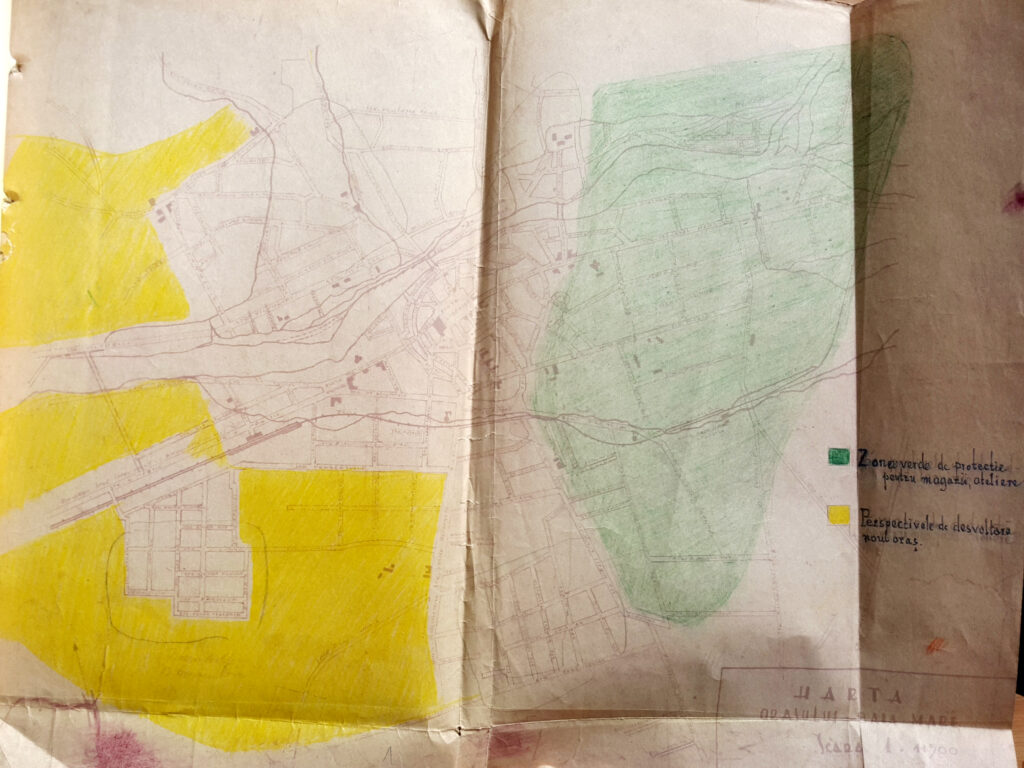
Crucially, this problem was a social one. The type of action that the local administration planned in this territory was meant to uplift the social and economic level of its inhabitants through investment in infrastructure, such as paving roads or introducing electricity. New schools were being planned. During the 1950s, this was a space that pointed to that “inheritance of the past” that the new regime wanted to regenerate.
Problem Neighborhood
However, starting from the mid-1960s, when the systematization plan began to be implemented, Hatvan was no longer seen just as a social problem, but as a legal one. Its inhabitants were no longer regarded as poor people in need of social assistance, but as culprits with destructive and illegal behavior.
This was mainly due to the new emphasis on “construction discipline” that I mentioned earlier. With the new planning almost in place, Hatvan was increasingly seen as outlier territory, one that did not fit the urban order that the local authorities envisioned. This was, at the same time, Roma territory. Being generally poorer than the rest of the local population, the Roma there built shacks without any permits, from whatever materials they could find. They also squatted in various empty buildings that they found in the area. For the authorities, this made Hatvan look more like a slum – derelict and disorganized – than a neighborhood fit for Baia Mare. To make matters worse, Roma people constantly took the blame for damaging the state-owned flats that they lived in. The more the authorities focused on “construction discipline,” the more they pointed fingers at Roma people from Hatvan, said to destroy the country’s wealth.
Between roughly 1965 and 1975, this discourse sharpened its attack on the Roma people of Hatvan. The city was becoming increasingly concerned with legality, discipline, order, and cleanliness. In this context, Hatvan emerged as a hotspot of crime, where turbulence and brawls abounded. In 1970, a number of Roma people from the neighboring villages escaping floods started to illegally build even more shacks in the south of Baia Mare. At this point, the need to thoroughly re-organize and systematize the neighborhood became stringent for the authorities. This implied evicting people, destroying all illegal buildings, and gaining a firm legal hand on everything that was going on there. Throughout the 1970s, this idea developed into a comprehensive plan for planning and regularizing the territory known as Hatvan. However, this plan soon dovetailed with another discursive shift that emerged after 1977: the criminalization of Roma people.
How the Roma Became Criminalized
The criminalization of the Roma people living in Hatvan should be seen as part of a broader shift at the national level. In 1977, Nicolae Ceauşescu issued directives to address the “defective way” in which the social and economic integration of the Roma had been managed thus far. This process had failed in various ways: the Roma were not fully employed, but received social benefits and allowances; people lived in unhealthy conditions and the health status of Roma populations was “worrying”; Roma children did not go to school and families were unstable and disorganized; last but not least, the crime rate was high: “there are many cases of flagrant violation of the rules of social coexistence and disturbance of public peace.”[6]
Thus, Roma people started to become a national problem at the end of the 1970s, especially through their resistance to the authorities’ efforts to “integrate” them. It is worth pointing out that there are only two terms in this equation – the Roma and the communist authorities; at no point is the role of racism of the population in the integration of the Roma questioned. There is never any question of educating the population for acceptance, tolerance, and coexistence.
This focus on Roma people suggests a broader shift in the Romanian authorities’ discourse at the time. Since the mid-1960s – roughly since Ceauşescu came into office – there was increased fixation on order, justice, tranquility, and cleanliness, and also on family values. Nor were these entirely new themes, as the government had previously enforced its vision of socialist legality with a heavy hand. However, the Ceauşescu regime shifted the focus of repression from the political to the social. In other words, if the enemies of the people had thus far been ideologically incompatible with the socialist regime, throughout the 1970s the enemy became a threat to the already established social order. This is no longer an enemy that plans subversive actions against the state, but one that lazily free-rides on the state’s resources. With the majority of the population already included in the socialist system, being marginal would no longer elicit state help, but state repression. Thus, radically liminal groups (Roma people, homeless or jobless people, religious groups such as neo-protestants, yoga practitioners, etc.[7]) were suspected of boycotting the regime by refusing to be fully integrated.
However, at that time, none of this was particular to state socialism. As much as Ceauşescu’s regime stood out for its heightened repressive nature, this shift in discourses and practices emerged in a broader international political climate. The 1970s witnessed the dawn of neo-conservatism in places such as the UK and the US. The policies of this New Right were based precisely on the idea that the welfare state has failed and the state can no longer sustain or even tolerate “lazy” people who do not work and expect handouts. The model of society envisioned by these policies is a meritocratic one, where the individual and the family come prior to the society. There is also a marked emphasis on order and the quality of city life. As a corollary, as the neo-conservative state withdraws its support, it enforces its repressive arm: there are more police on the streets, and social problems are turned into criminal justice ones. All in all, these neo-conservative policies endorse a series of punitive actions against the poor, the homeless, and the marginal groups of society. We would certainly be amiss to call Ceauşescu a neo-conservative politician. However, one cannot help notice the similarities between his emphasis on “socialist legality” and some other contemporary sets of policies from capitalist states: switching from social aid to workfare and repression against the poor, seeing the poor as lazy and unworthy, increased emphasis on urban security, traditional family values, order, and justice, and so on.
Locally, following such pressure from the national level, at the end of the 1970s the Roma people in Baia Mare started to be seen and treated as a danger to the establishment. They were a social category that threatened the “conquests of socialism” in the city – whether these were neighborhoods, blocks, schools, but also the general health, well-being, and safety of the inhabitants.[8]
The archives show the Baia Mare authorities as having a hard time enforcing the law in the city. Roma people were seen as the main culprits for this state of havoc. As a consequence, the municipality prioritized “solving the problem of civic conduct and social integration of [Roma[9]] families, aiming to combat some of their typical aspects such as: hooliganism, parasitism, consumption of alcoholic beverages, disturbing public order and peace, vagrancy, prostitution, begging, burglary, theft, robbery, etc.”[10]
The situation was described as alarming. There was a marked state of anxiety and panic regarding the activities of Roma people in the city. This panic demanded urgent and firm action, especially in Hatvan. The authorities called for more “urgent measures” to be taken in this neighborhood. There, residents had been constantly complaining about their Roma neighbors. I have found several such complaints in the archives. Written by hand and in an alarmist tone, they denounce Roma families that came from outside Baia Mare and settled in Hatvan, building unauthorized shacks and cottages.
Neighborhood Reclaimed
By the mid-1980s, Hatvan’s territory was radically transformed. The various systematization plans that came into effect meant that people there were evicted, and their dwellings were destroyed. In their place, scores of new panel buildings were erected. The neighborhood had been redrawn, as old streets were gone and a new street pattern took their place (Map 7). The catalyst of this dramatic change was the need for security: the new neighborhood had to be a rationally built space, where law was to be respected.
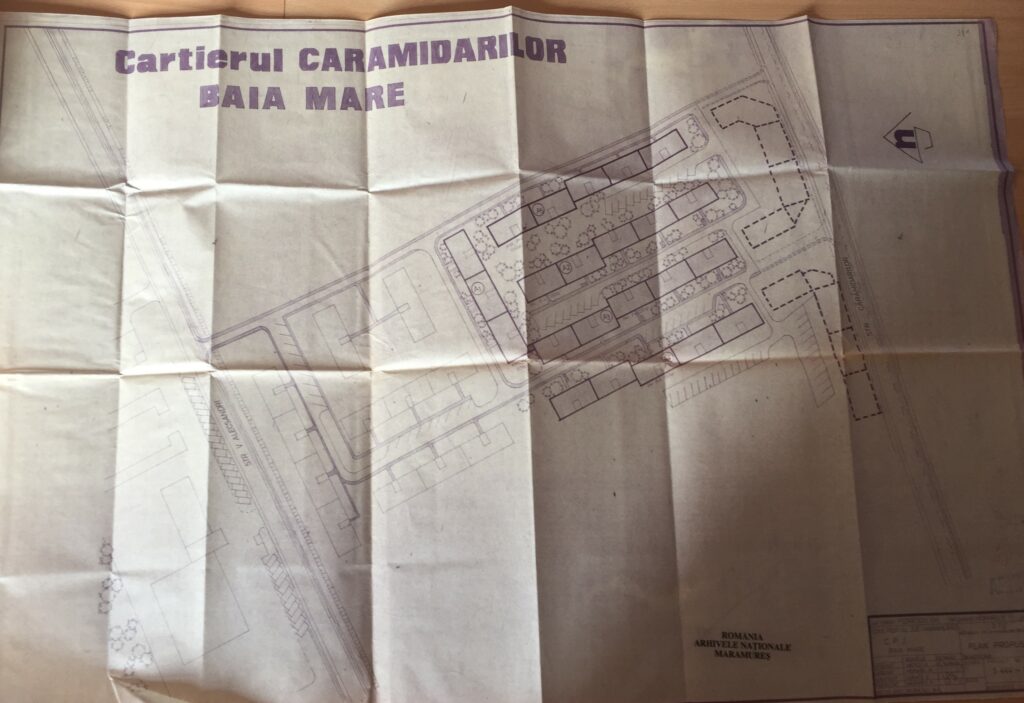
At the end of this process, Hatvan was no longer there. Hatvan had been the problem and now, the problem was partially solved through various policies of systematization and repression. It is telling that some of the systematization plans mention intermediary names for the new neighborhood (Map 5). At no point was the old name still considered suitable. Eventually, Baia Mare’s southern neighborhood was renamed after a 19th century Romanian poet, Vasile Alecsandri (Map 6).[11] The city’s maps finally started to include this area in its perimeter, which was the newest and largest neighborhood of Baia Mare.
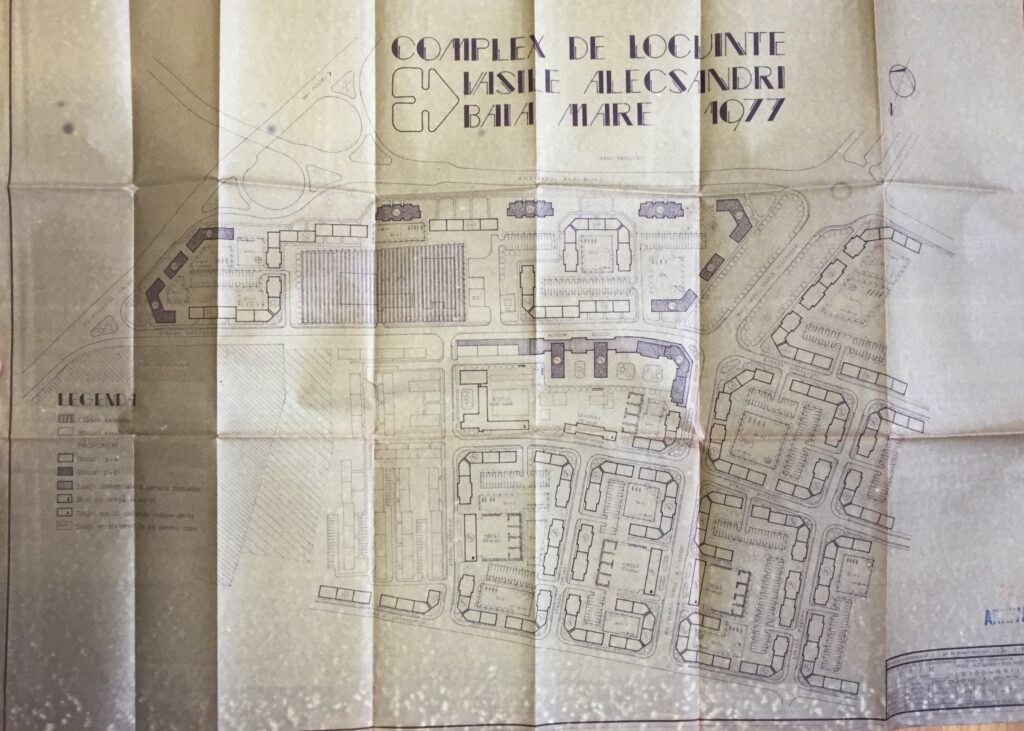
The new Hatvan – Alecsandri continued to be perceived as the city’s most dangerous area. Due to insufficient funding, the new buildings lacked quality and comfort. The Roma people continued to resist the authorities’ effort to settle and “civilize” them in the new flats. As one member of the local administration put it in 1982, “we still have a lot to do in Alecsandri and I think that this name has not been properly given to this neighborhood, where everything we do is destroyed by [Roma].”[12] Roma people that were found to have illegally built shacks continued to be fined and evicted from the neighborhood.
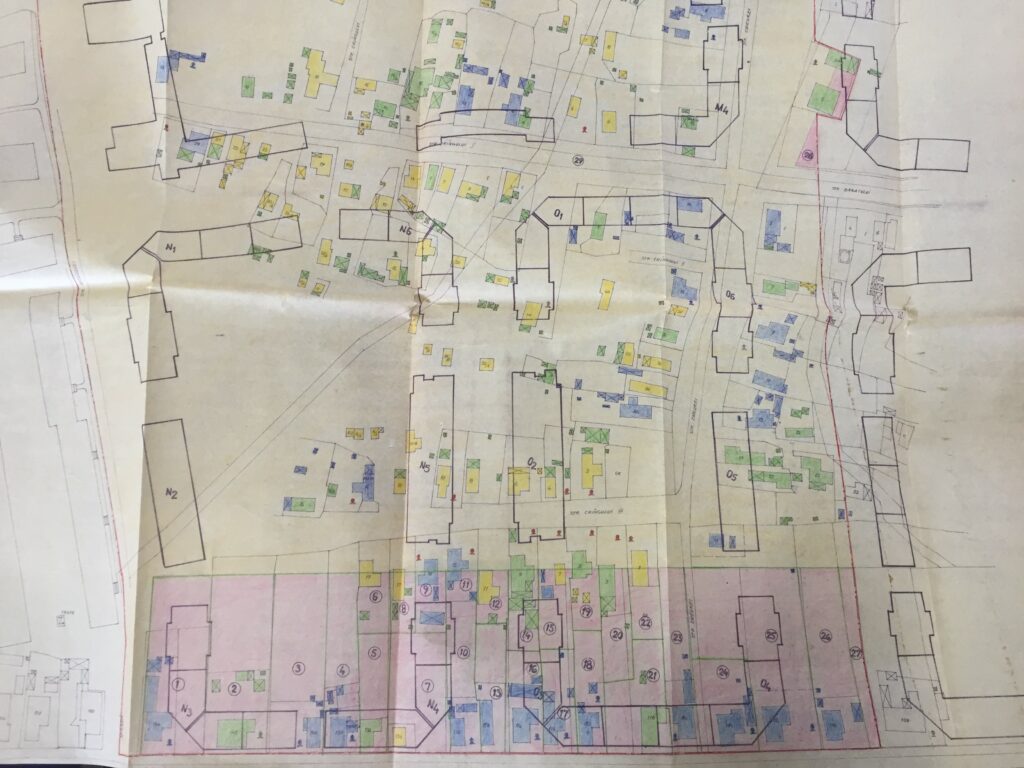
Starting from 1983, the local authorities built special housing for Roma evicted from Alecsandri; these were low quality flats, built outside Alecsandri; they lacked heating and warm water, so that there would be no situations of further evicting people due to debts to the municipality.[13] The former Hatvan remained a marginal space, with low quality buildings, inhabited by precarious people. In 1988, one member of the local administration reported that the citizens of Baia Mare systematically refused to accept flats in Alecsandri. Throughout the decade, the authorities kept evicting “undisciplined” people from these flats.[14] They also kept demolishing the informal settlements built on the edge of the area, on Craica Creek.
These settlements persisted in the Craica area throughout the postsocialist years. To this day, the area is one of the extremely precarious territories of Baia Mare. During the 2010s, several families from Craica were moved to the walled buildings on Horea street, which were mentioned in the beginning of this text. Recently, the Alecsandri neighborhood was voted, in a poll made by a real estate company, as one of the most dangerous places to live in Romania. In this list it was called again by its old name, Hatvan.
[1] For the sake of brevity, I did not specify here most of the references to the archival material that I used. Any such reference can be made available upon request.
[2] This was not only a problem for Baia Mare. In 1959, the national Architects’ Commission stated that “most cities do not yet have approved systematization plans” (Conclusions of the 5th Architects’ Assembly, 10 February 1959, in archive folder 1/1959/735, p. 5, file 59).
[3] See for example in Scînteia, 7 august 1968, 2.
[4] One of the explanations given by the locals for this name is that it comes from the Hungarian word for “sixty,” because there were initially sixty Roma families living there.
[5] Maps 1 and 2 courtesy of Izsák Anikó Borbála.
[6] Study regarding the socio-economic state of the Roma population, 27 December 1977, p. 5.
[7] Notwithstanding the actions of the state against such other groups, the repression against Roma people was the only one that took the form of systematic evictions, displacements and territorial rearrangements in the name of their social inclusion.
[8] I expand on these arguments in a Romanian text for Mișcarea Căși sociale ACUM!.
[9] During the 1950s a few archival documents used the actual term “Roma,” yet the 1980s documents I am quoting here use only a racial slur that I choose not to reproduce. Instead I use the word “Roma” in brackets.
[10] Report regarding protection of minors and social assistance, in archive folder 7/1983/secretariat, p. 4, file 8.
[11] Alecsandri has nothing to do with the city of Baia Mare. However, he is one of the first Romanian significant authors to write a lamentation for a Roma person, a childhood friend named Vasile Porojan, in which he describes the unfair and inhuman treatments of Roma people in Moldova at the beginning of the 19th century.
[12] Minute, 24 February 1982, in archive folder 15/1982/Secretariat, file 53.
[13] This information is based on research made by George Iulian Zamfir, forthcoming in Studia Sociologia.
[14] One of the used reasons for the evictions was “not respecting the norms of cohabitation.”
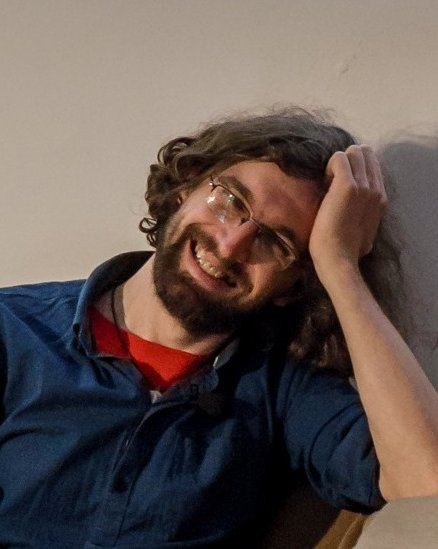
Manuel Mireanu is a junior researcher in the Precarious Labor and Peripheral Housing team, working on housing issues, the media representation, and the criminalization of Roma people. His previous research includes vigilantism and paramilitaries, critical urban security, gentrification, and Romanian history.

